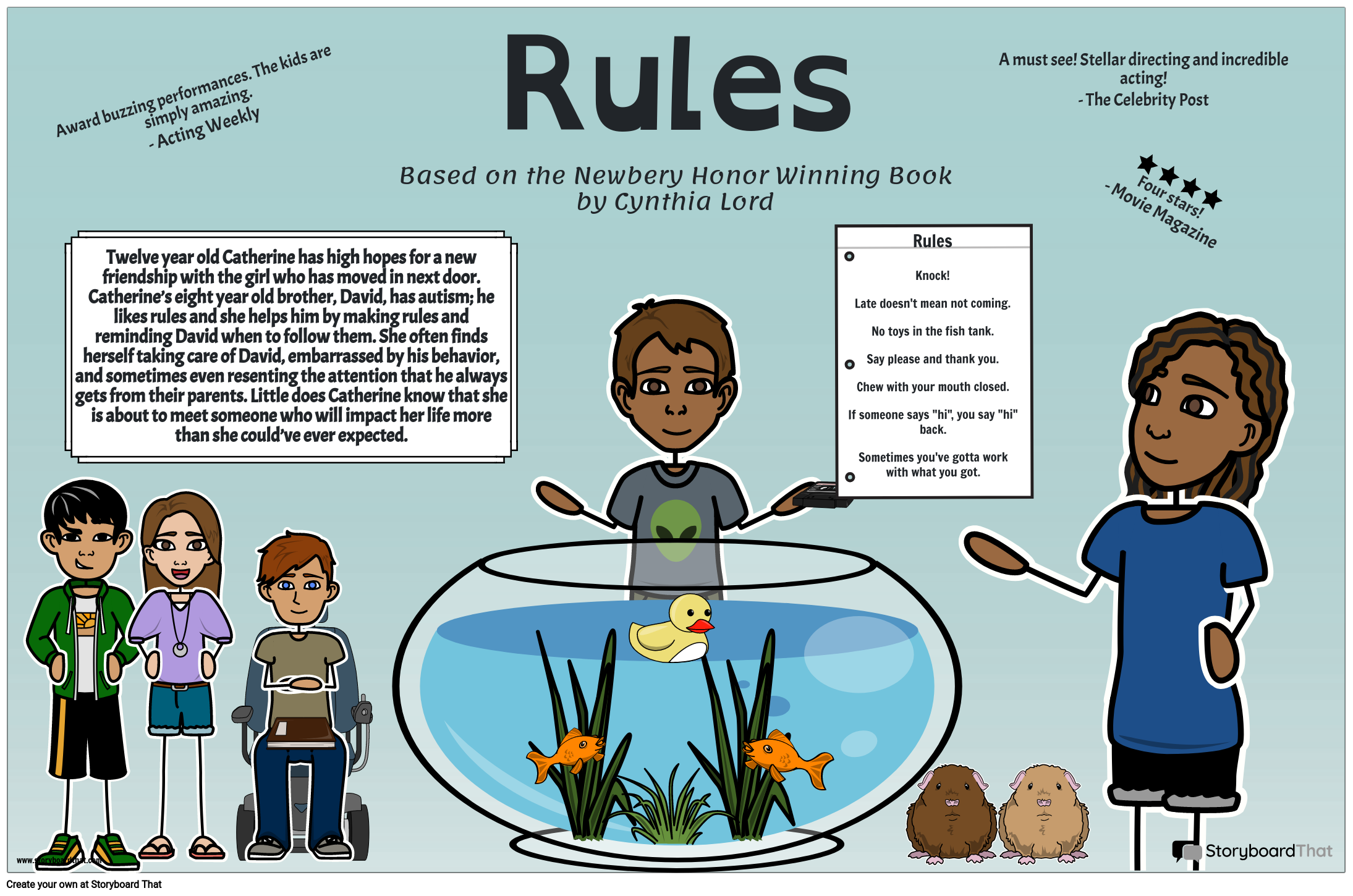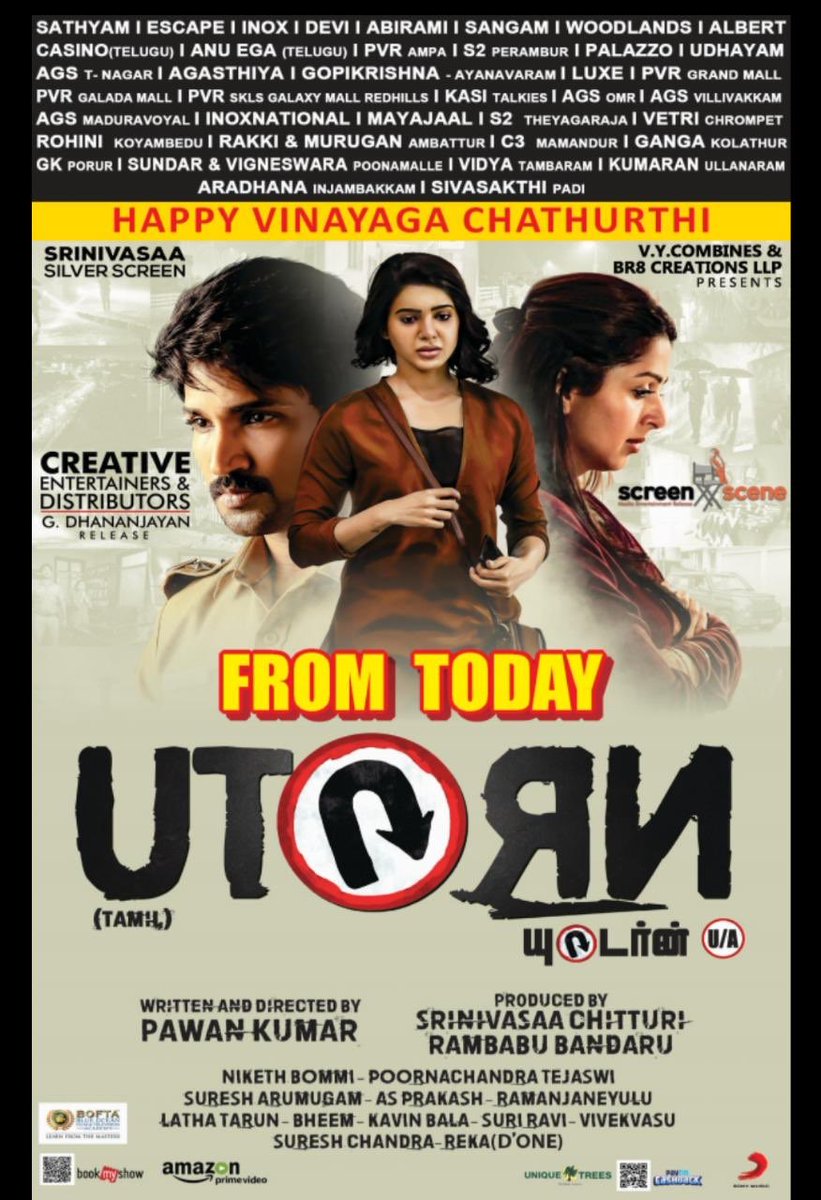Have you ever wondered why some movies feel like magic while others feel like a snooze fest? It all comes down to movie rules – the unsung heroes of filmmaking and movie-watching experiences. Whether you're a filmmaker, a critic, or just someone who loves spending Friday nights glued to the screen, understanding these rules can change the game for you. So, buckle up and let's dive into the world of cinematic brilliance.
Now, before we get into the nitty-gritty, let's face it – movies are more than just entertainment. They're a form of art, a medium of storytelling, and sometimes even a mirror reflecting our society. And like any art form, there are certain rules that guide how movies are made and watched. These rules aren't set in stone, but they're kinda like the unwritten code of conduct that keeps the magic alive.
So, whether you're curious about how directors craft their masterpieces or just want to up your movie-watching game, this article is here to deliver the goods. Stick around because we're about to spill the tea on everything you need to know about movie rules. And trust me, it's gonna be lit!
Read also:Vegamovies 20 Your Ultimate Streaming Destination
What Are Movie Rules Anyway?
Alright, let's start with the basics. Movie rules are like the blueprint for creating and enjoying movies. They're a mix of technical guidelines, storytelling principles, and audience expectations that filmmakers follow to ensure their work resonates with viewers. Think of them as the secret sauce that makes a movie unforgettable.
Now, these rules aren't just for filmmakers. As a movie enthusiast, knowing these rules can enhance your experience. For example, understanding the rule of thirds in cinematography can help you appreciate why certain shots look so darn good. Or knowing the three-act structure can make you predict plot twists like a pro. It's all about leveling up your movie IQ.
And guess what? These rules aren't just for Hollywood blockbusters. Indie films, documentaries, and even YouTube shorts follow similar principles. So, no matter what kind of movie you're into, these rules apply. Pretty cool, right?
Why Are Movie Rules Important?
Here's the thing – without movie rules, we'd be stuck watching a bunch of random scenes that don't make sense. These rules give structure to the chaos of filmmaking. They help directors tell coherent stories, actors deliver powerful performances, and editors piece everything together seamlessly.
But it's not just about the technical side. Movie rules also shape how audiences perceive and connect with films. For instance, the rule of suspense keeps you on the edge of your seat during horror flicks. The rule of empathy makes you root for the underdog in a drama. And the rule of escapism lets you forget about your problems for a couple of hours. It's all interconnected, man.
Plus, these rules evolve over time. What worked for black-and-white films in the 1920s might not cut it today. Filmmakers constantly adapt these rules to fit modern audiences' tastes and technological advancements. So, yeah, movie rules are kinda like the Swiss Army knife of the film industry.
Read also:Hdhub4you Movie Your Ultimate Guide To Streaming Bliss
Biography of Movie Rules
Where Did Movie Rules Come From?
Movie rules didn't just pop out of thin air. They've been evolving since the dawn of cinema. Back in the day, filmmakers like Georges Méliès and D.W. Griffith laid the groundwork for many of the rules we follow today. They experimented with techniques like cross-cutting, close-ups, and special effects, which became staples of filmmaking.
As the industry grew, so did the rules. Hollywood's Golden Age introduced the studio system, which standardized production processes. Directors like Alfred Hitchcock and Stanley Kubrick pushed the boundaries of storytelling, creating new rules along the way. And with the rise of digital technology, the rules have continued to adapt to the times.
| Rule Name | Origin | Year Introduced |
|---|---|---|
| Rule of Thirds | Photography | 1797 |
| Three-Act Structure | Theater | 1863 |
| 180-Degree Rule | Hollywood Studios | 1910s |
Top 5 Movie Rules Every Filmmaker Should Know
Alright, let's get down to business. Here are the top five movie rules that every filmmaker should have in their arsenal:
- Rule of Thirds: Divide the frame into thirds horizontally and vertically, and place important elements along these lines or their intersections. It creates a visually pleasing composition.
- Three-Act Structure: Divide the story into three acts – setup, confrontation, and resolution. It helps keep the plot engaging and cohesive.
- 180-Degree Rule: Keep the camera on one side of an imaginary line between characters to maintain spatial continuity. Breaking this rule can confuse the audience.
- Show, Don't Tell: Use visuals and actions to convey information instead of relying on dialogue. It makes the story more immersive.
- KISS Principle: Keep It Simple, Stupid. Avoid overcomplicating the story or visuals. Simplicity often works best.
Movie Rules for Movie-Watching
How to Watch Movies Like a Pro
Watching movies isn't just about pressing play and zoning out. There are certain rules you can follow to elevate your movie-watching experience:
First off, set the mood. Dim the lights, grab some popcorn, and turn off your phone notifications. Creating the right ambiance can make a huge difference. Next, pay attention to details. Notice how the cinematography, sound design, and editing contribute to the story. It'll give you a deeper appreciation for the film.
And don't forget to do your homework. Research the director, cast, and production team before watching. Knowing their background can provide context and enhance your understanding of the movie. Plus, it's always fun to spot Easter eggs and references.
Breaking Movie Rules: When It Works and When It Doesn't
Now, here's where things get interesting. Sometimes, breaking movie rules can lead to groundbreaking results. Think of Quentin Tarantino's nonlinear storytelling or Wes Anderson's quirky aesthetics. These directors dared to defy conventions and created masterpieces in the process.
But breaking rules isn't always a good idea. If done poorly, it can ruin the movie-watching experience. For example, ignoring the 180-degree rule can make scenes feel disorienting. Or overusing CGI can make a film feel fake and unrelatable. It's all about knowing when to follow the rules and when to break them.
Movie Rules in Different Genres
Action Movies
Action movies have their own set of rules. Fast-paced editing, dynamic camera movements, and explosive sound design are just a few examples. These rules help create the adrenaline-pumping experience that fans love.
Romantic Comedies
Rom-coms follow a different playbook. The meet-cute, the misunderstanding, and the grand gesture are staples of the genre. These rules ensure that the audience gets the warm and fuzzy feeling they crave.
Horror Films
Horror movies rely heavily on suspense and tension. Jump scares, eerie soundscapes, and unsettling visuals are part of the formula. These rules keep viewers on the edge of their seats, waiting for the next scare.
Movie Rules in the Digital Age
With the rise of streaming platforms and social media, movie rules are changing once again. Filmmakers now have to consider factors like binge-watching, online reviews, and viral moments. It's a whole new ballgame, and the rules are still being written.
For example, Netflix originals often have longer runtimes and more complex plots than traditional movies. This is because viewers have the luxury of pausing and resuming whenever they want. Similarly, TikTok has influenced how filmmakers approach marketing and storytelling. Short, attention-grabbing clips can make or break a movie's success.
Future of Movie Rules
Looking ahead, the future of movie rules is full of possibilities. Advancements in technology like virtual reality and AI could revolutionize how movies are made and watched. Imagine immersing yourself in a fully interactive movie world or having an AI-generated script tailored to your preferences. It's a brave new world out there.
But one thing is for sure – the core principles of storytelling will always remain. No matter how much technology evolves, the essence of what makes a good movie will stay the same. And that's something we can all agree on.
Conclusion: The Final Cut
So, there you have it – the ultimate guide to movie rules. From the basics of filmmaking to the art of movie-watching, we've covered it all. Understanding these rules can open up a whole new world of cinematic appreciation for you.
Now, it's your turn to take action. Whether you're a filmmaker looking to hone your craft or a movie lover eager to up your game, apply these rules to your next movie experience. And don't forget to share this article with your friends and family. The more, the merrier, right?
Remember, movie rules are meant to be a guide, not a restriction. So, go out there and make some magic. Or at least, watch some magic unfold on the big screen. Happy filmmaking and movie-watching!
Table of Contents
- What Are Movie Rules Anyway?
- Why Are Movie Rules Important?
- Biography of Movie Rules
- Top 5 Movie Rules Every Filmmaker Should Know
- Movie Rules for Movie-Watching
- Breaking Movie Rules: When It Works and When It Doesn't
- Movie Rules in Different Genres
- Movie Rules in the Digital Age
- Future of Movie Rules
- Conclusion: The Final Cut


